Dogue de Bordeaux
Dogue de Bordeaux Dog Food
| Male | Female |
|---|---|
| Height | Height |
| 58 - 69 cm | 58 - 66 cm |
| Weight | Weight |
| 50 - kg | 45 - kg |
| Life Stage | |
|---|---|
| Adult | |
| 8 months to 2 years | |
| Mature | Senior |
| 2 to 5 years | From 5 years |
| Baby | |
| Birth to 2 months | |
| Male | Female |
|---|---|
| Height | Height |
| 58 - 69 cm | 58 - 66 cm |
| Weight | Weight |
| 50 - kg | 45 - kg |
| Life Stage | |
|---|---|
| Adult | |
| 8 months to 2 years | |
| Mature | Senior |
| 2 to 5 years | From 5 years |
| Baby | |
| Birth to 2 months | |
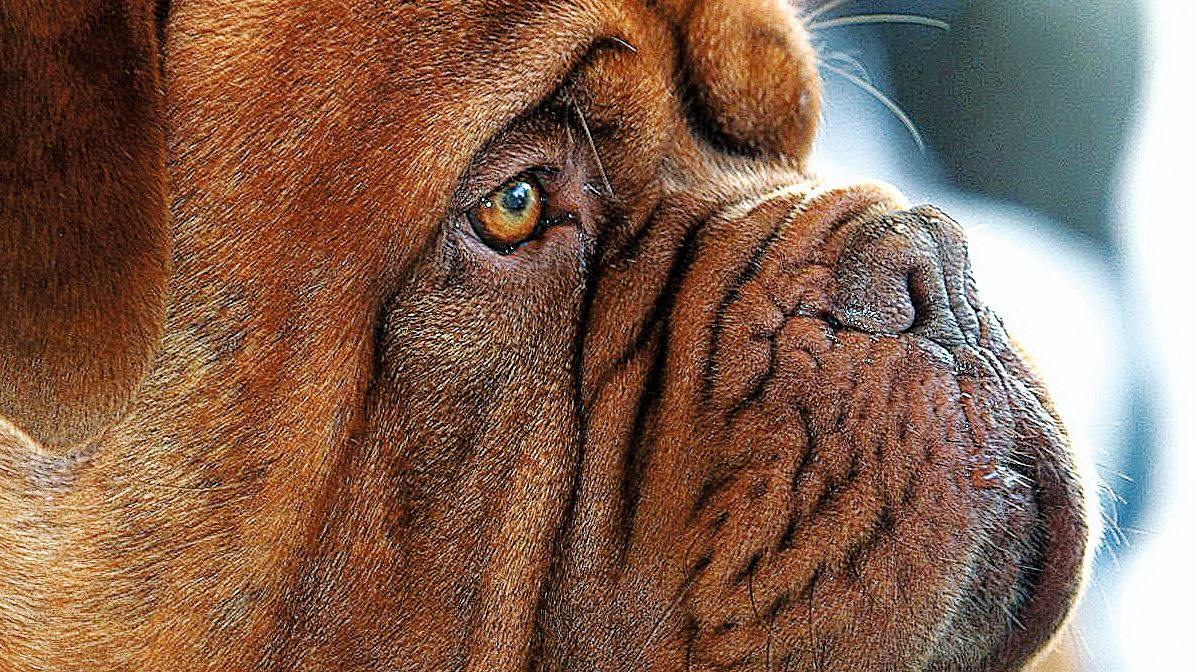
Get to know the Dogue de Bordeaux
All you need to know about the breed
One would assume a mighty breed like the Dogue de Bordeaux would be a lot to handle, but this beloved dog is actually a softie at heart. A Molossoid type, characterised by their blocky head, large feet, substantial limbs, and hugely sturdy body, they may look tough but the DDB, as they are often known, is a gentle giant, for sure.
With a dog of this size, good health is important to keep in check. Orthopedic issues can arise, with the Dogue de Bordeaux’s heavy constitution, so keep exercise on the moderate size—even though this playful breed will always be up for an outing.
Besides their genial manner, the Dogue de Bordeaux has a wonderful pedigree: They are every inch le Francais, of French origin from the city of Bordeaux, and reserved with a territorial air that reads, “I’ve been here for a while, I know.” The breed was used six centuries ago for sport, by traders to guard their livestock, as well as for combat. Luckily, that practice has fallen by the wayside. Large guardian dogs like this are naturally protective. The Dogue de Bordeaux is markedly absent in aggression however, with their best qualities being great courage and determination.
Training the Dogue de Bordeaux is important, to teach them good manners and to keep their enormous strength in check. Their behavioural mix is a great one, polished yet poised and ready when you want them to be.
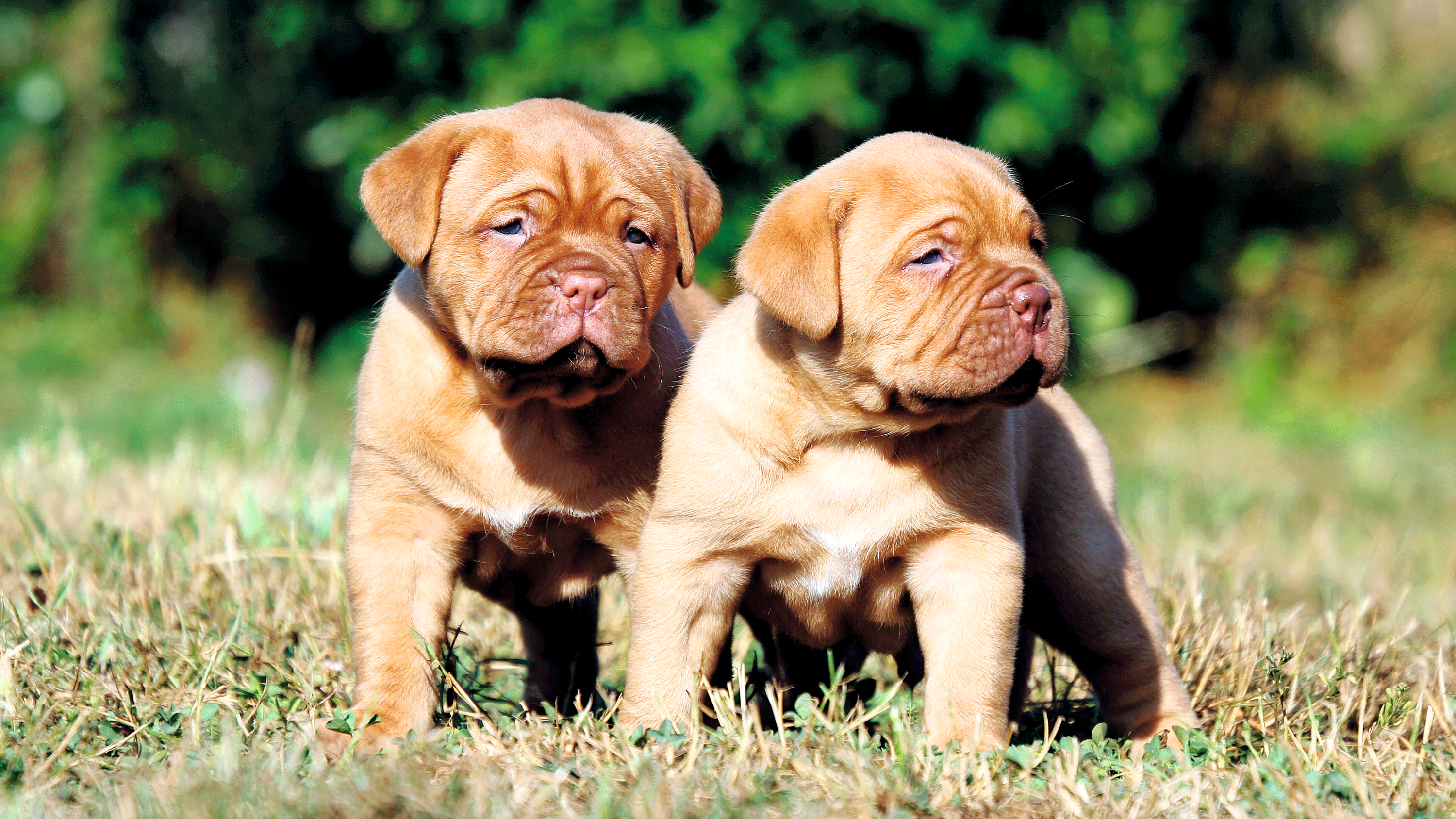
2 facts about Dogues de Bordeaux
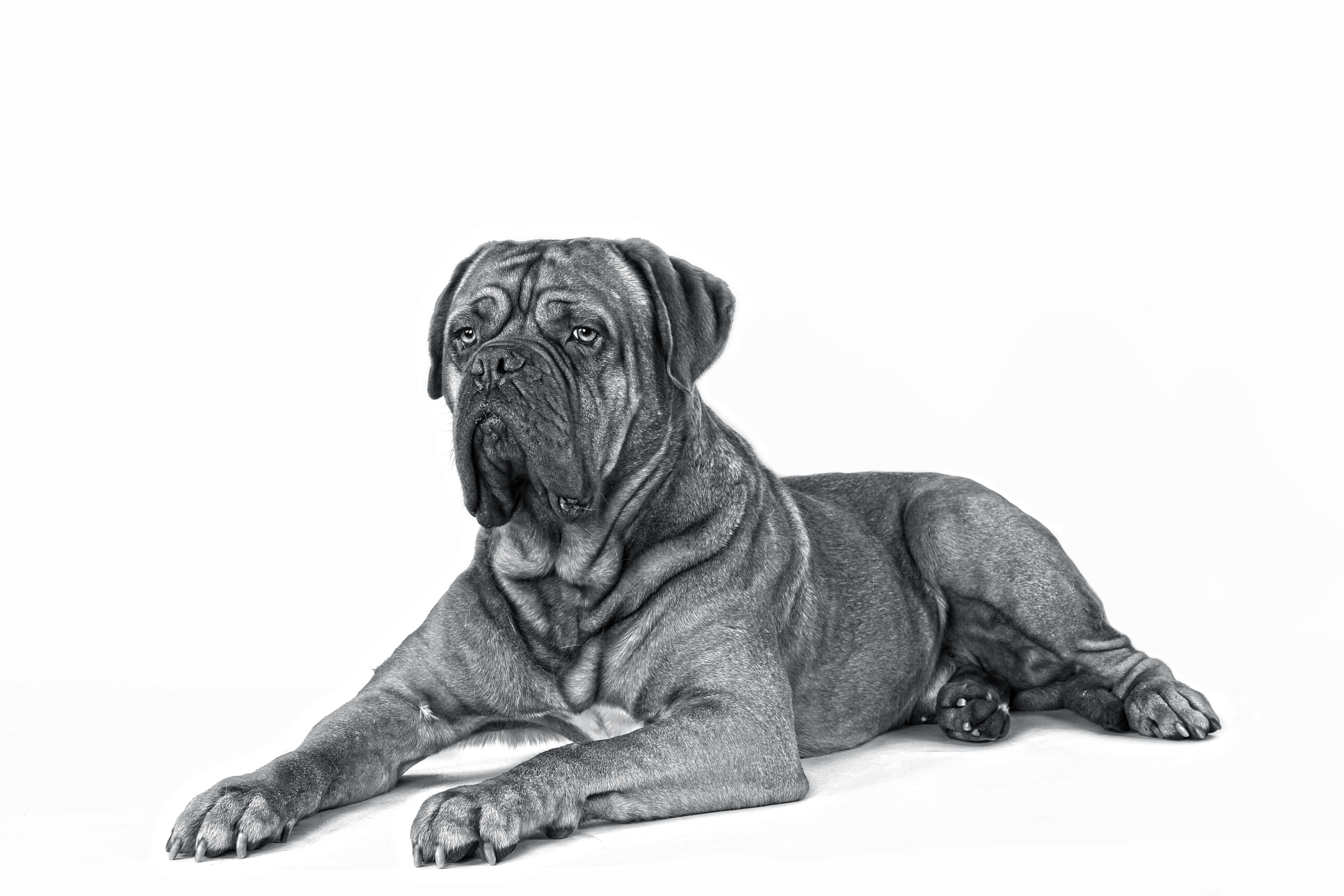
History of the breed
The noble and affable Dogue de Bordeaux embodies superb canine characteristics: Strong yet softhearted, likable yet ready to defend. Although their chronology is sketchy, they are said to hail from earlier mastiffs in Gaul – ancient France circa 1st century B.C. – who had landed courtesy of Julius Caesar.
The dog we now know is a more direct descendant of those found in France 600 years ago, a junior version of which, the Doguin, existed until the 1700s. Early use as fighting dogs gave way to sport and guarding French chateaux. The Revolution curtailed that employ, the breed then used to guard livestock and, bien sur, as adored family pets.
Until the mid-19th century, the breed wasn’t known outside of France. Leave it to Hollywood to deliver celebrity with the 1989 movie Turner and Hooch, where Tom Hanks played a detective aside a brawny but sweet Dogue de Bordeaux.
From head to tail
Physical characteristics of Dogues de Bordeaux
.
.
.
.
.
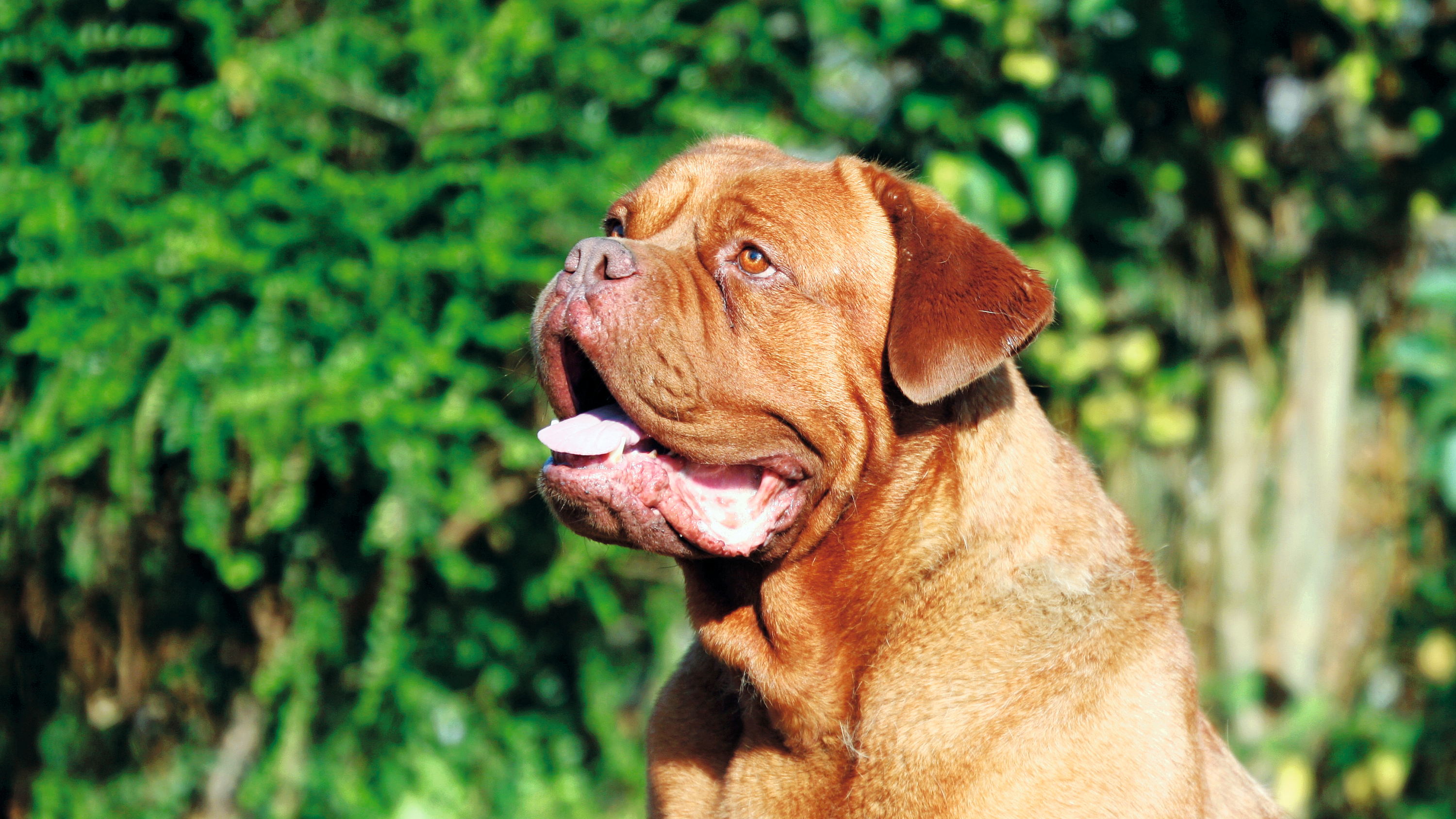
Things to look out for
From specific breed traits to a general health overview, here are some interesting facts about your Dogue de Bordeaux
Healthy diet, healthier dog
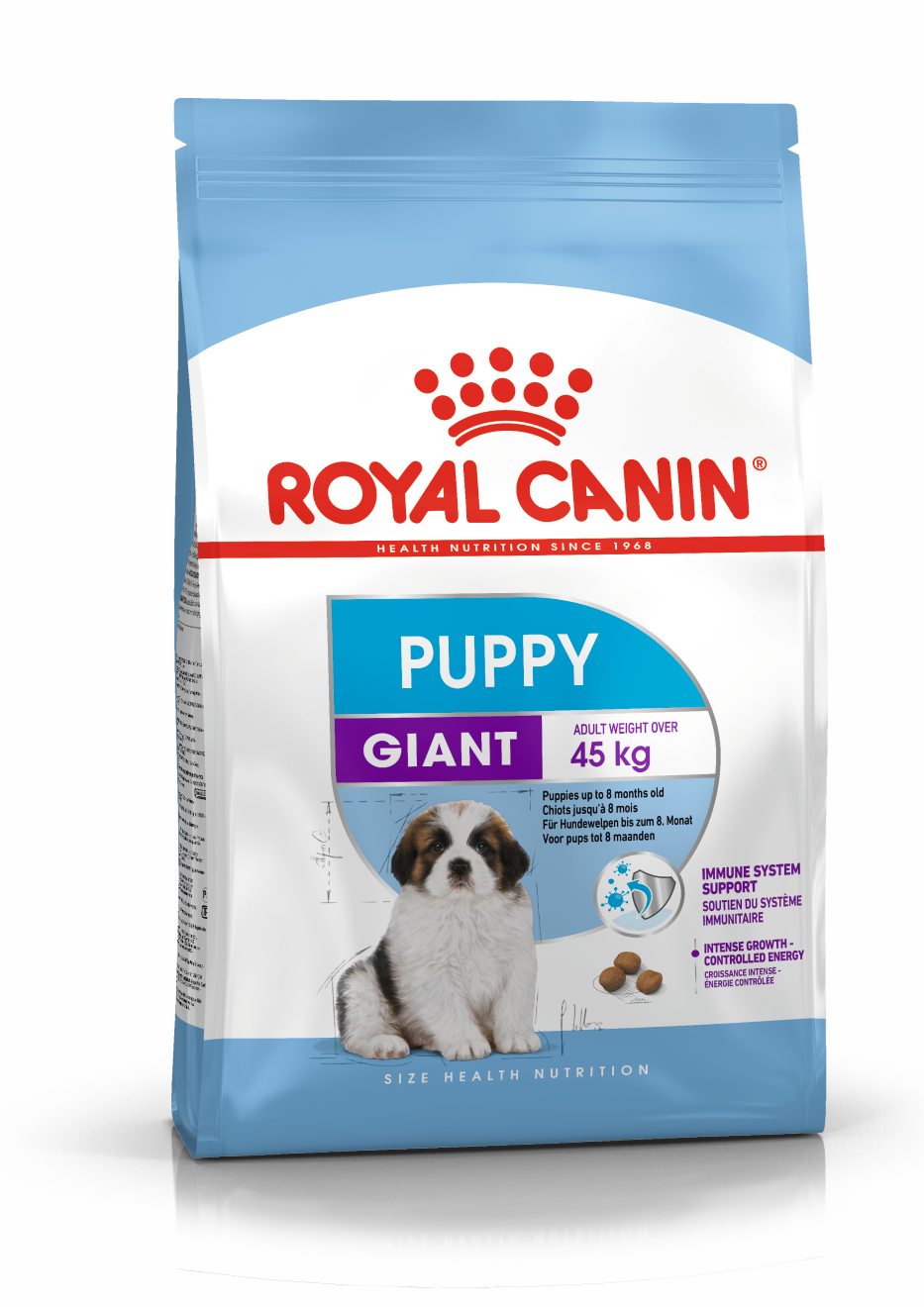
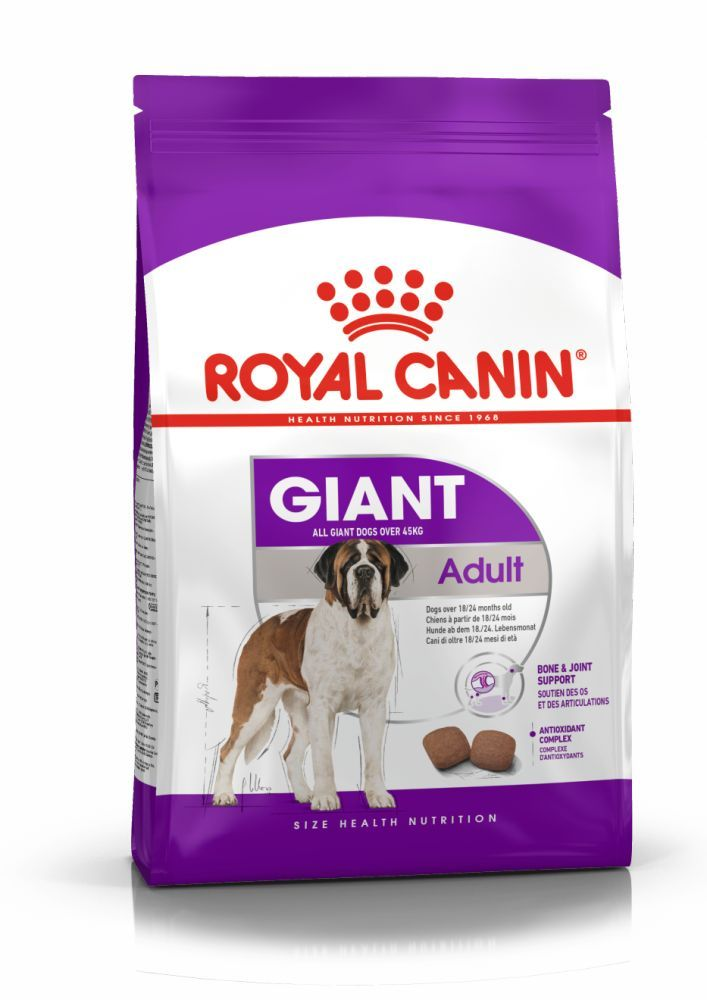
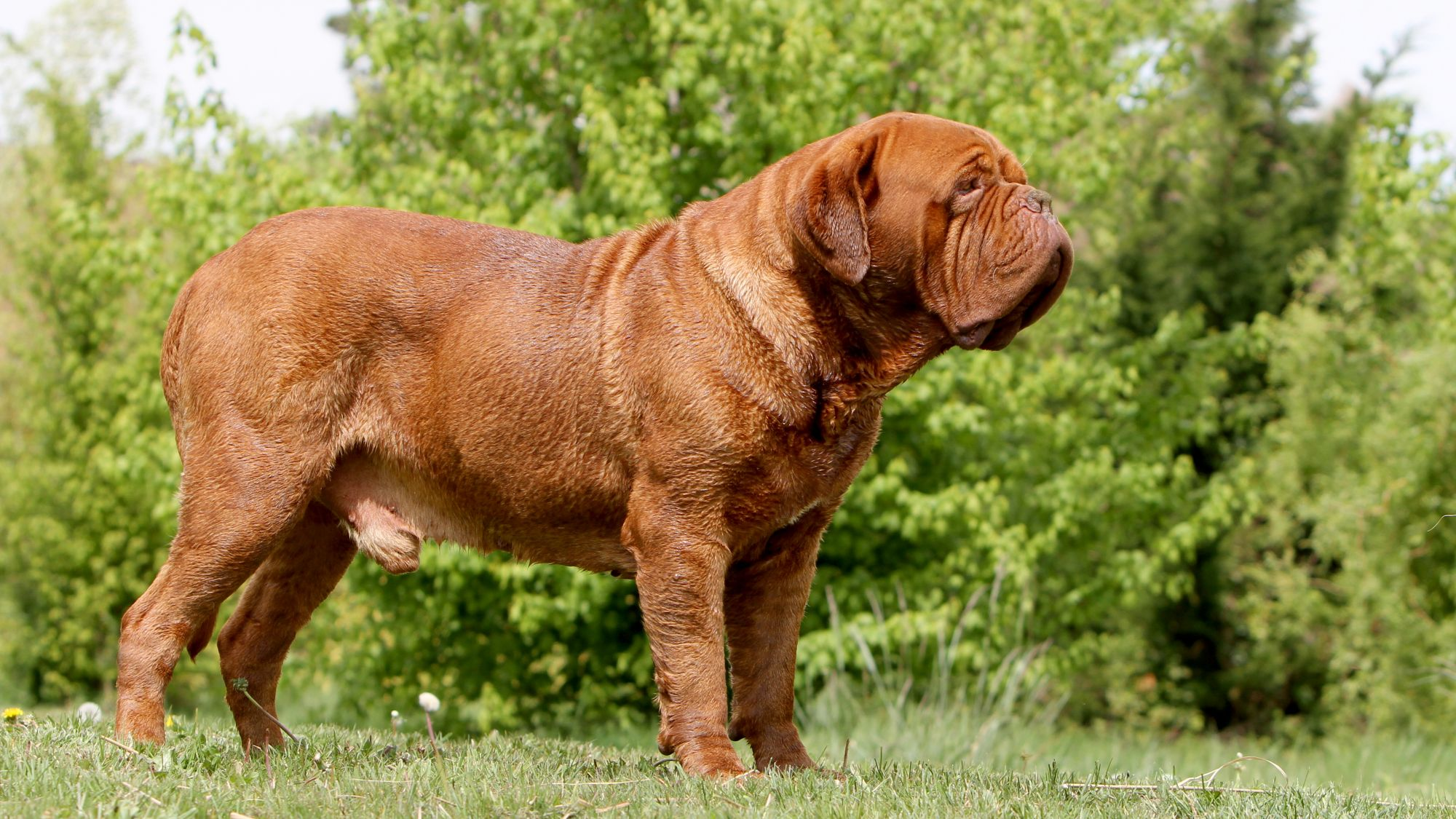
Caring for your Dogue de Bordeaux
Grooming, training and exercise tips
7/7
All about Dogues de Bordeaux
Suggested Breeds
Read more on this topic
Sources
Like & share this page